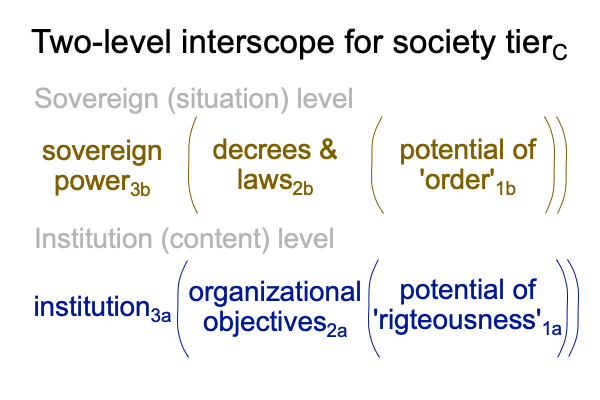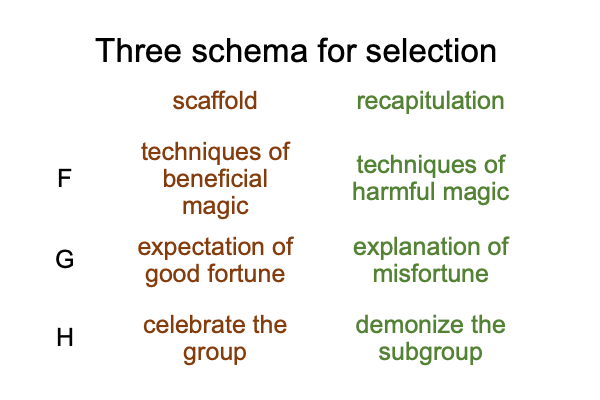Looking at Thomas Michaud’s Essay (2021) “Anatomy of the Progressive Revolution” (Part 4 of 9)
0011 The progressive agenda showcases a similar hierarchical flow diagram.

0012 Politics3 can change a culture and save it from itself.
How?
In the normal context of politics3, economic interventions2 transform the culture… or rather… its morality into one that conforms to the ideological ideals of an educated, judicious and articulate cadre of enlightened, “woke” and true believers1.
Here is a picture.

0013 Michaud elaborates nine points.
First and second, the Progressive’s devotion to political ideologies exhibits a type of religious zeal. Yet, the progressiveself-identifies as “not religious”. Progressive political movements3 are thus “not religious” religious enterprises3.
Third, fourth, sixth, seventh and eighth, economics is a tool for progressive revolutionary politics. Economic interventionis a lever that transforms culture. This requires the use of sovereign power.
Today’s progressives desire to identify and privilege groups who are victims of past and present exploitation, both real and imagined. This fortifies allegiance of such groups (remember, this is democratic politics) and encourages individuals to identify as members of a victim group. State education, the justice system and corporate media serve as ideological apparatuses that convey moral and cultural information to acolytes.
Fifth, the morality of social justice does not conform to traditional morality, because, in both theory and perception, people following traditional morals victimize(d) now-privileged groups.
Ninth, the progressive agenda is a permanent revolution.
0014 These nine points suggest that there are levels in the progressive agenda that are not envisioned in the traditional flow diagram.
Politics3 belongs to the situation level.
Social justice and permanent revolution are located above the situation level.
Progressive affiliation, victim group, individual, and identity reside below the situation level.










